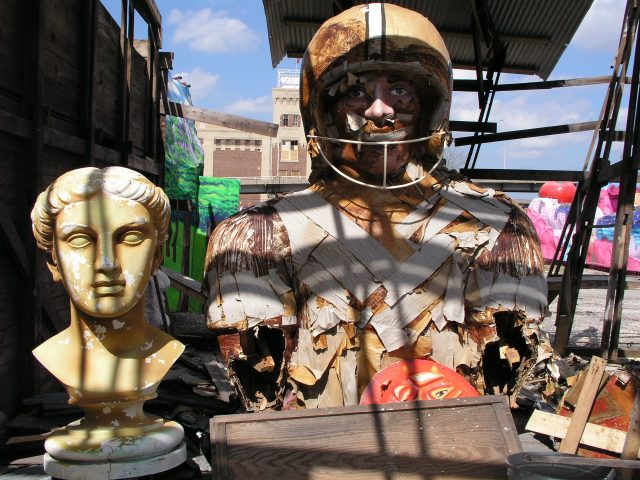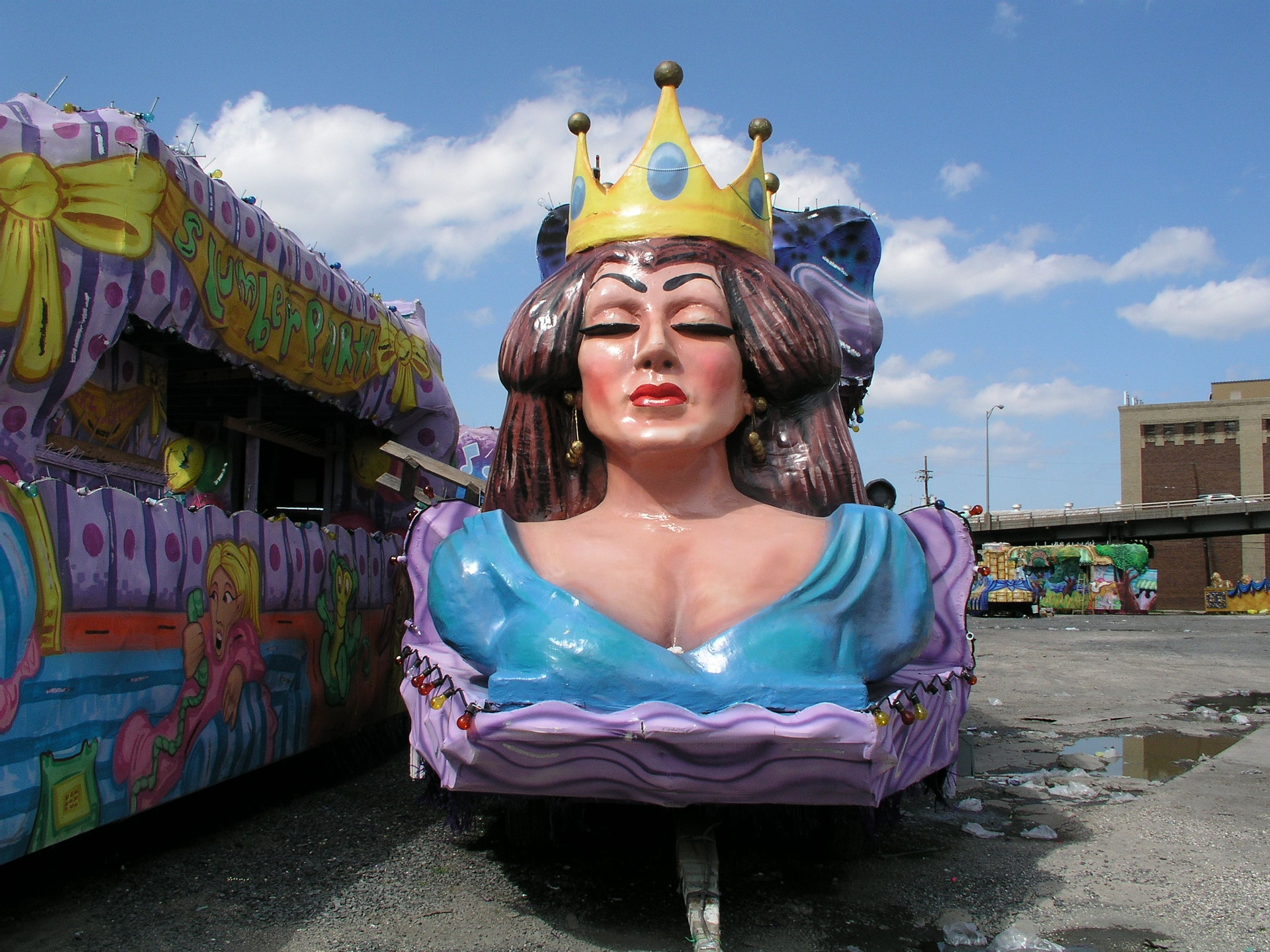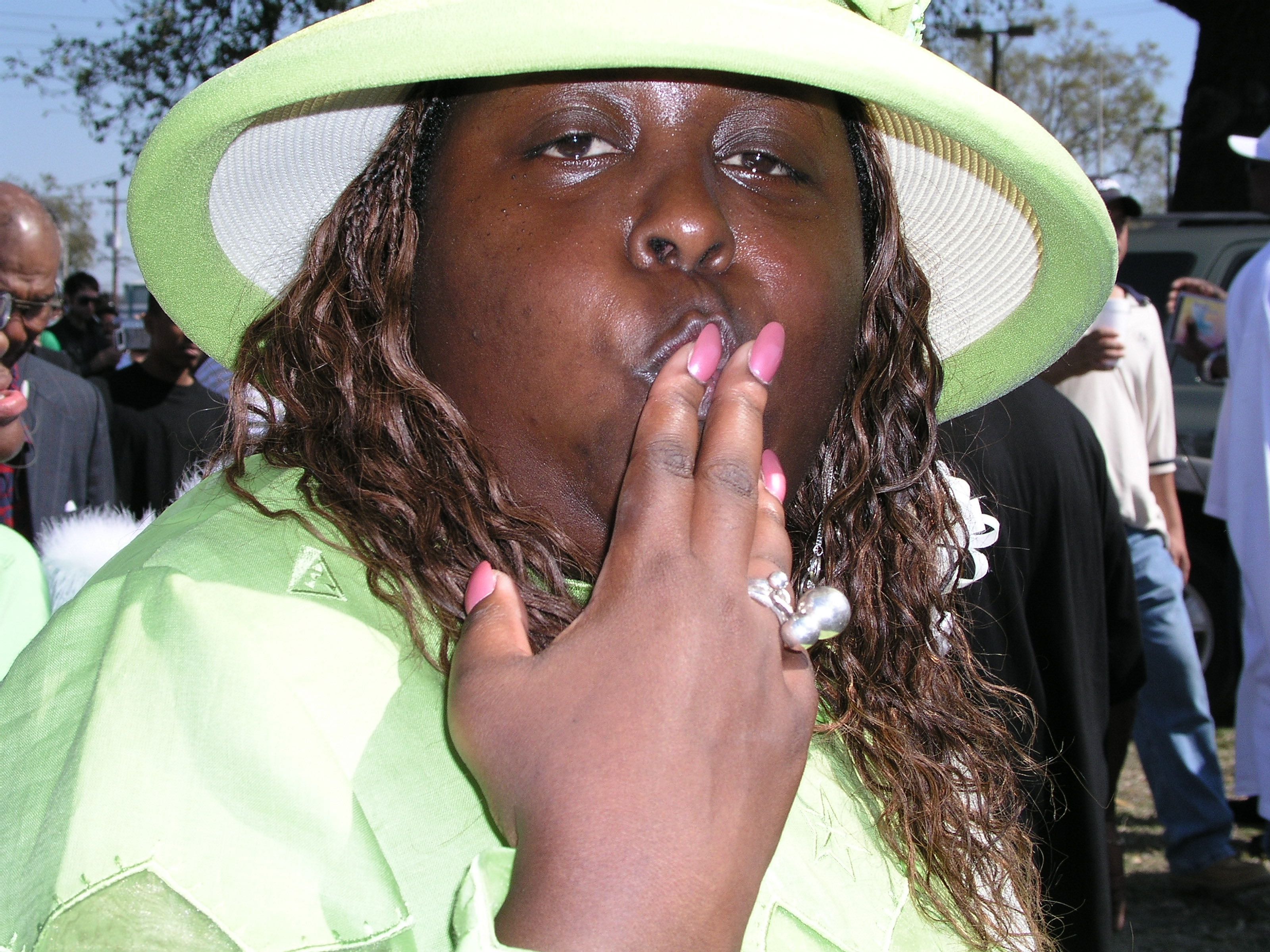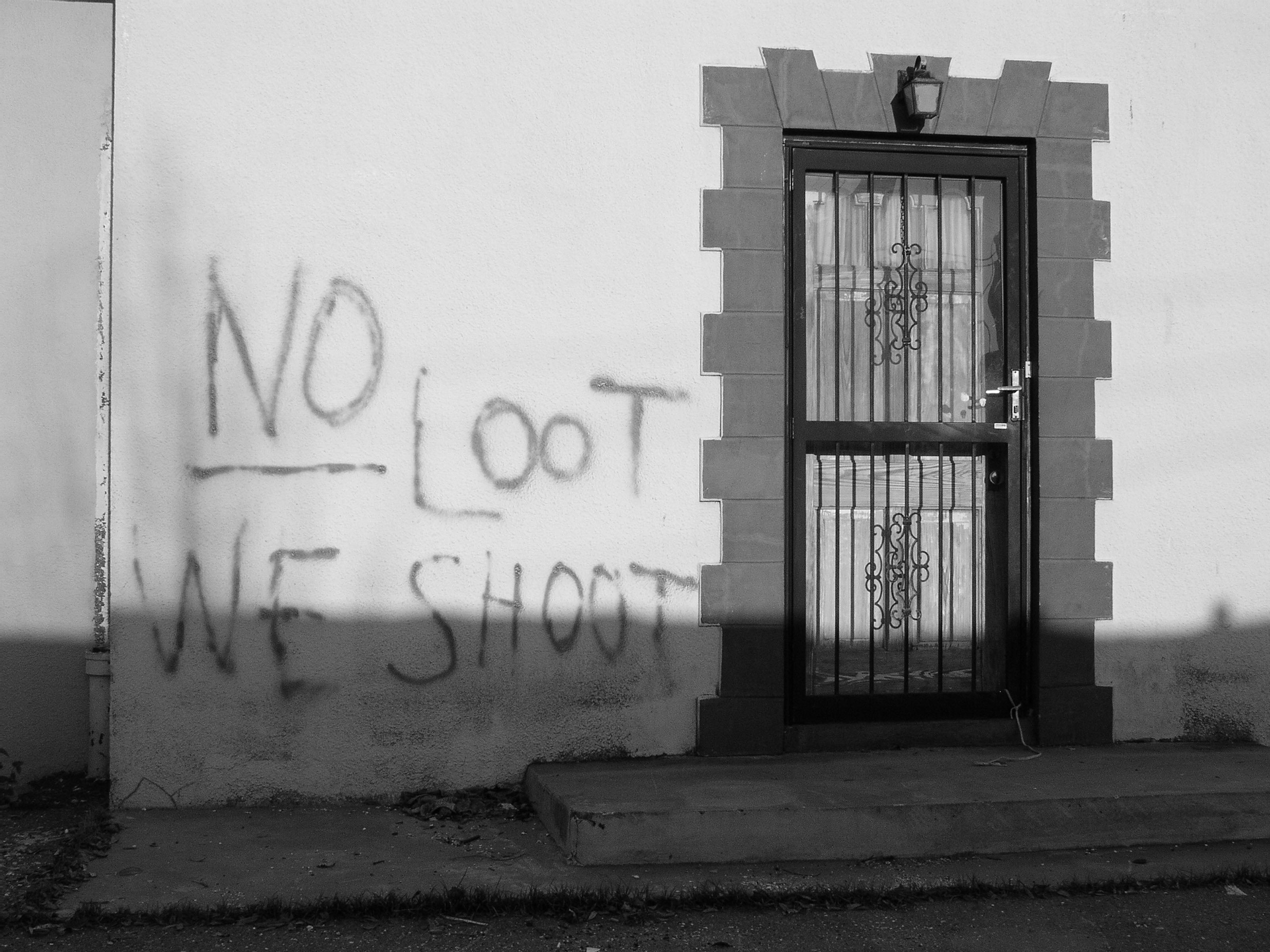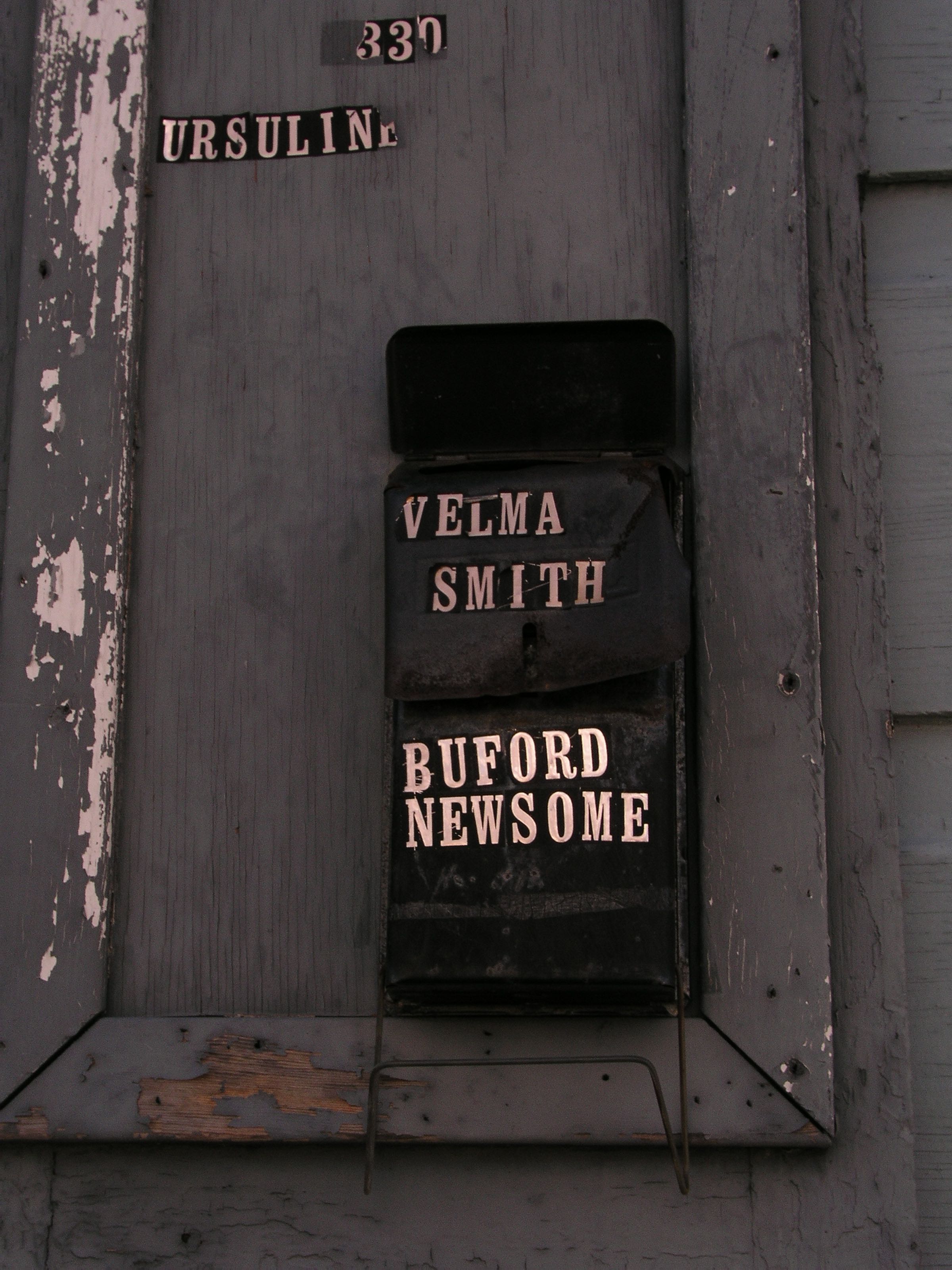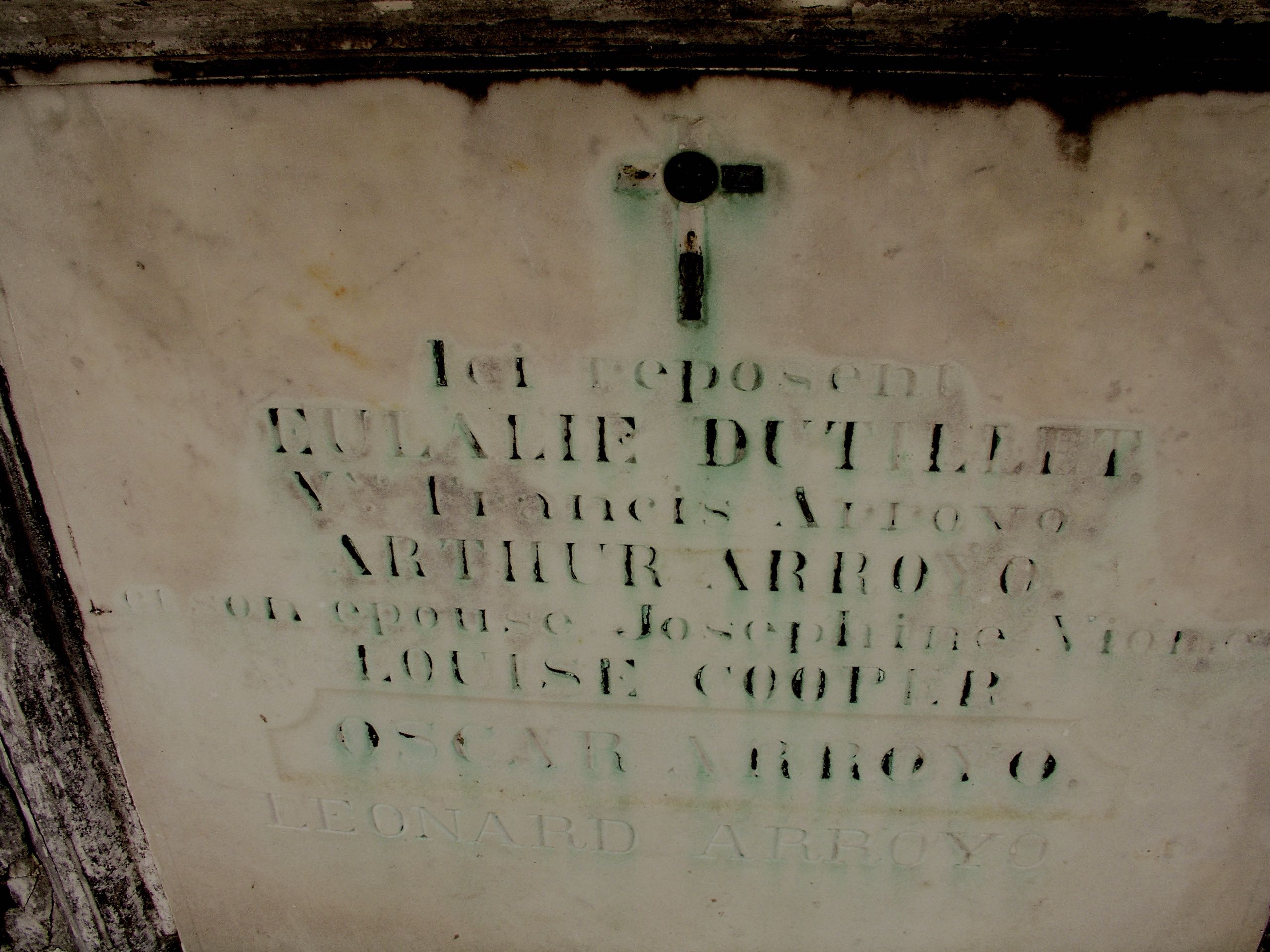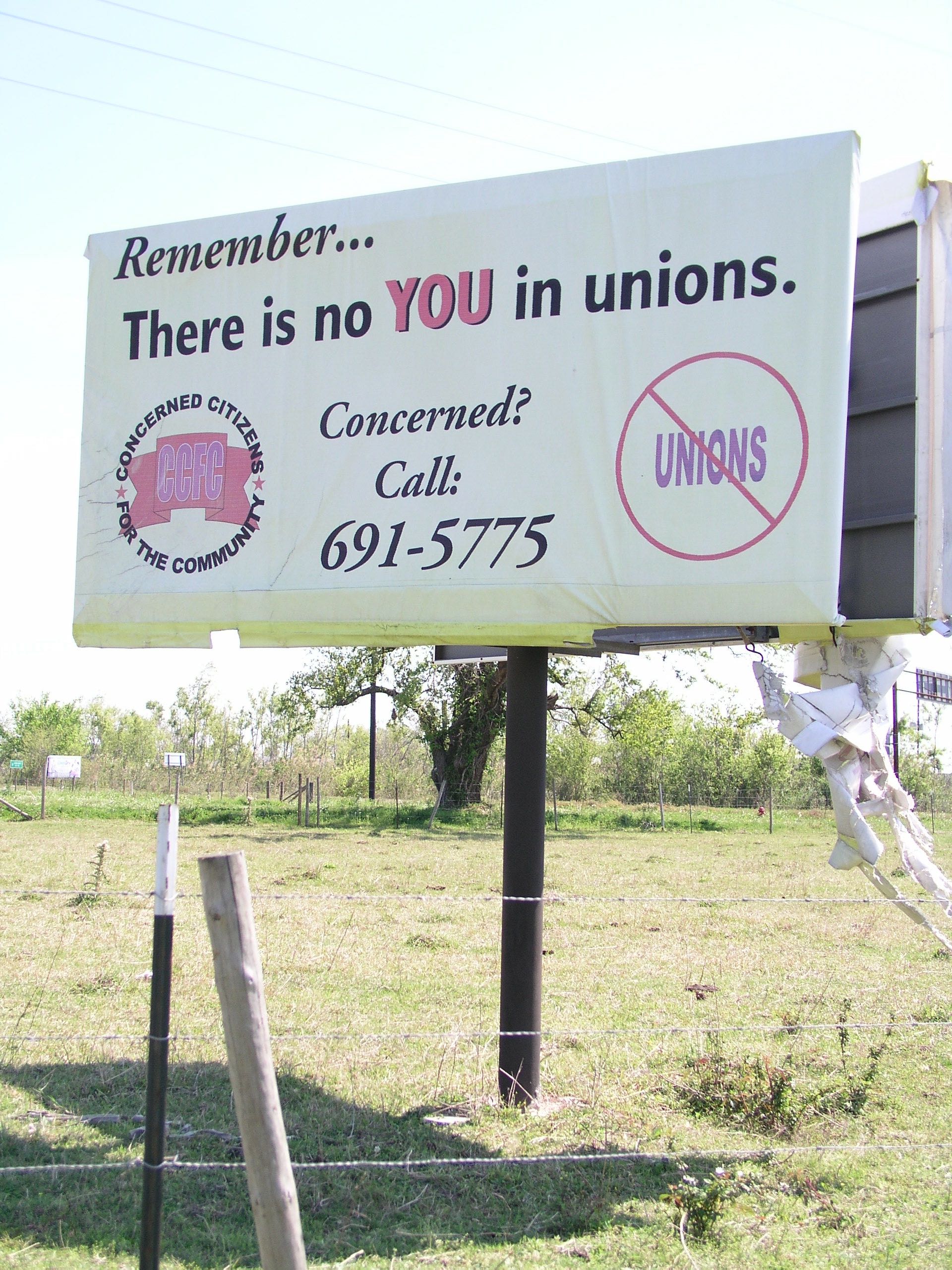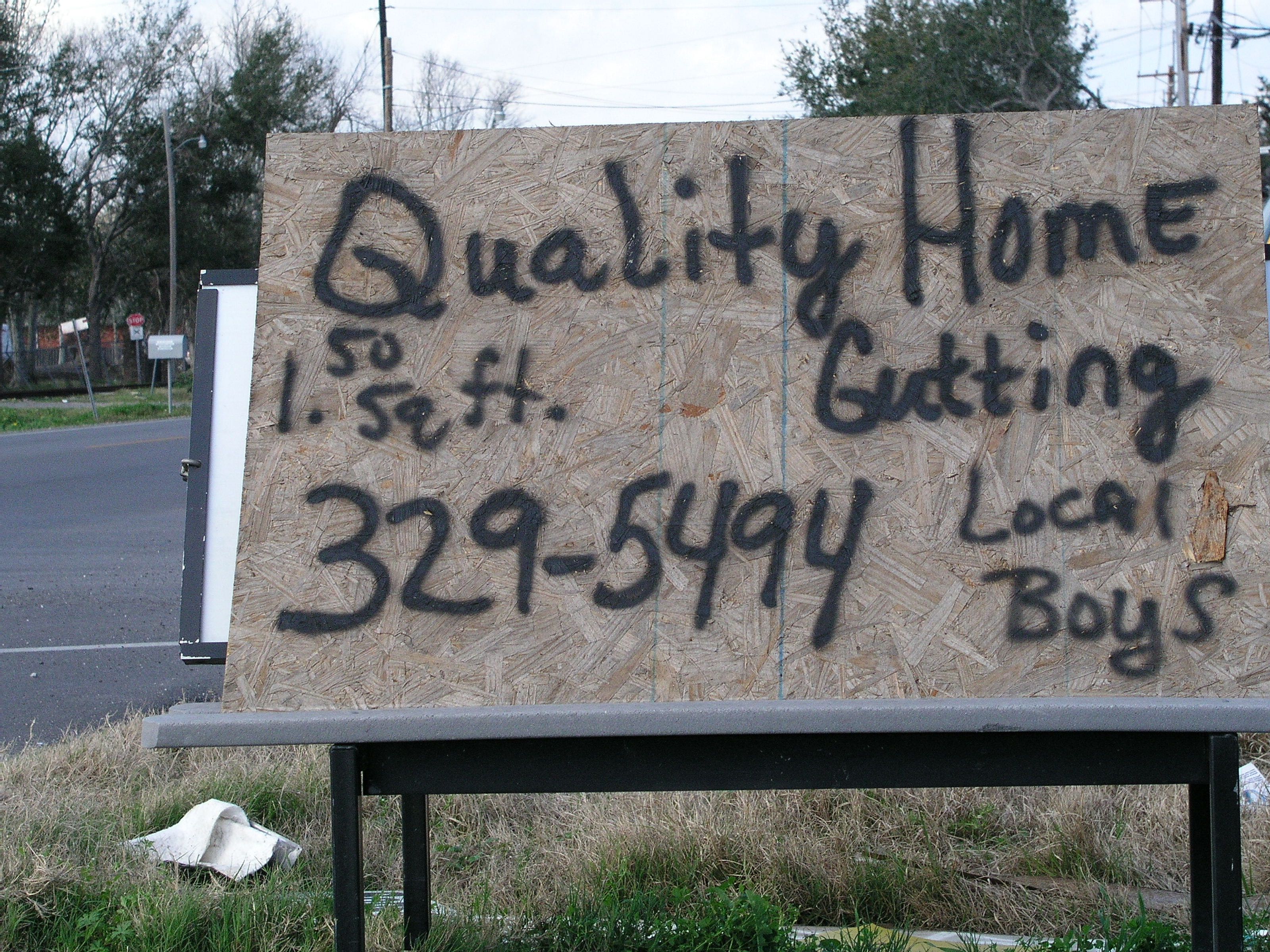Ten years ago, hurricanes whomped through southern Louisiana and the levies broke and everything flooded.
Six months later, I spent six weeks in New Orleans covering reconstruction for the LA Times before and after the first Mardi Gras following the disaster.
Photos here are from that time.
While there, I told the story of the Latino workers who had shown up – a quiet cavalry to the rescue – just as everyone was fleeing the city in the weeks following the flood.
The workers I interviewed described an amazing image that took place three weeks after the flood, in the days when residents were briefly allowed back in the city. They came then left quickly as the city was unlivable. On one side of the freeway, heading out of town, were their cars and trucks packed with every belonging a family could salvage. On the opposite side, leading into New Orleans, were quietly coming cars filled with these guys — Latino immigrant workers, each with no more than a backpack and a few tools, who heard there was work. Armies of Mexicans and Salvadorans, mostly, who lived in the Martian landscape, coated with the grey sludge of disintegrated dry wall, that the city had become in the weeks after the hurricane and put up those blue tarps of the roofs of thousands of houses.
Many of them stayed for the day labor they could find, hanging out at Lee’s Circle. A lot of them didn’t get paid – usually stiffed by Latino immigrant contractors, who also descended on the city. When I met these workers months later, many swore they never would work again for a Latino contractor. It was a Wild West of labor law, and was still when I was there.
The hurricane did a lot, but to me what it did most graphically was to show how ill the city had been before the levies broke. I’d been to NOLA several times for the music and food and never seen the pathology.
When I arrived to cover it as a reporter, I learned about it more deeply. It was a city that had the same population in 2005 that it had in 1930 – unlike many Southern cities, which had grown vibrant in those years. It relied mostly on tourism jobs, which paid poorly.
Before the hurricane, almost no Mexicans lived in NOLA – which is a bad thing because Mexicans are usually found where an economy is growing and jobs abound. Mexicans are a pretty faithful barometer of economic vibrancy, or the lack of it. They came after the flood.
I remember the city funded its public defenders from traffic fines and had seven property assessors for 164,000 properties, which is why the city also had so little property tax revenue. (LA County has one assessor for 2.4 million properties). One assessor, from a small district the size of a large neighborhood, had had the job for 15 years or so. Someone with his last name – an uncle and his father – had had the job since the 1920s.
Municipal governance was arthritic. Everywhere – in the hospital, the schools – the signs of decay were present long before the hurricane showed up. Katrina didn’t cause the illness; it laid it bare.
Six months later, as these photos attest, the mud and grime was gone, but reconstruction seemed almost nil.
Still, it is one of our greatest cities, and I love it, in part for how it mixes folks up, throws everyone together, a big raucous America.

